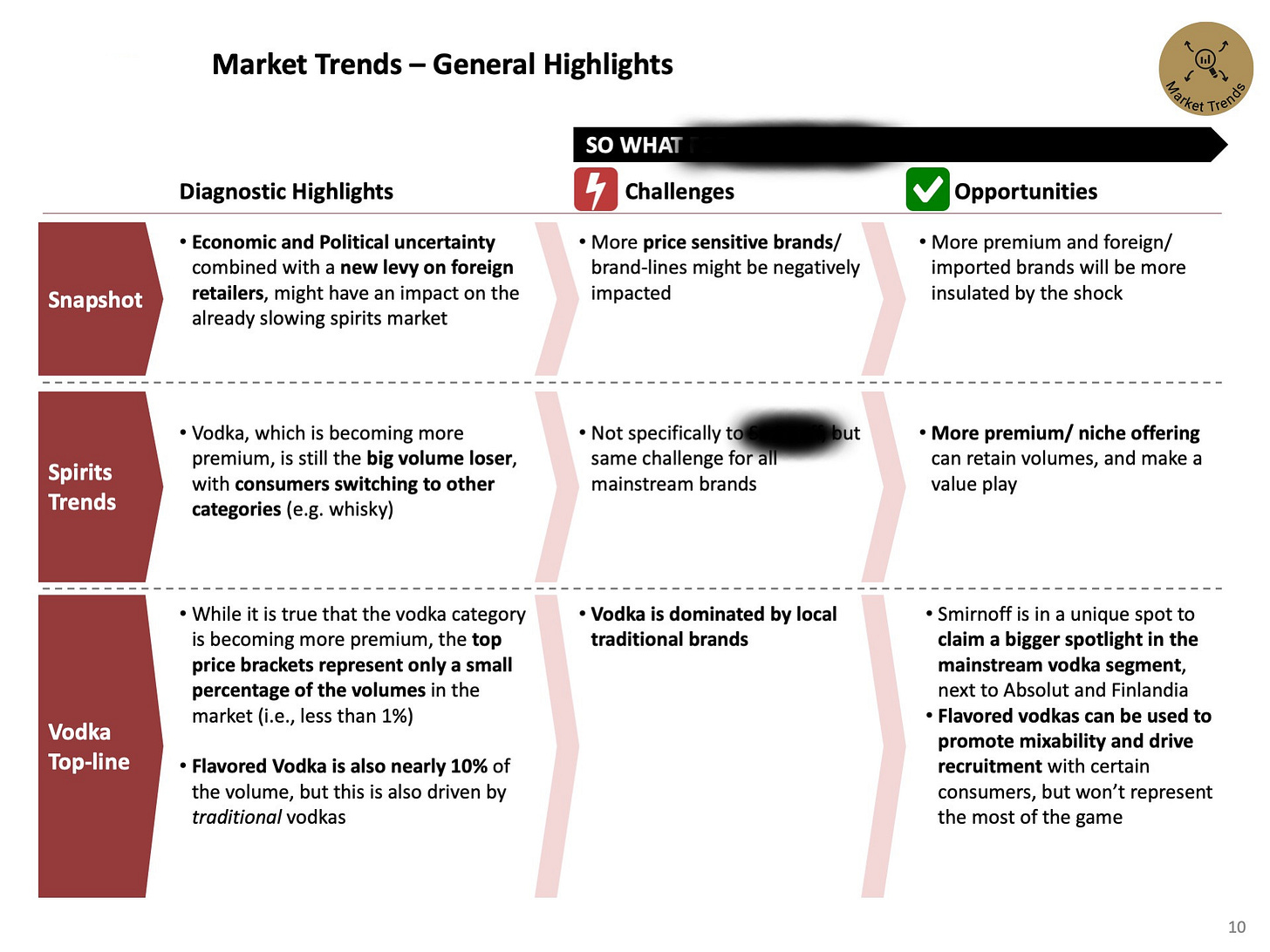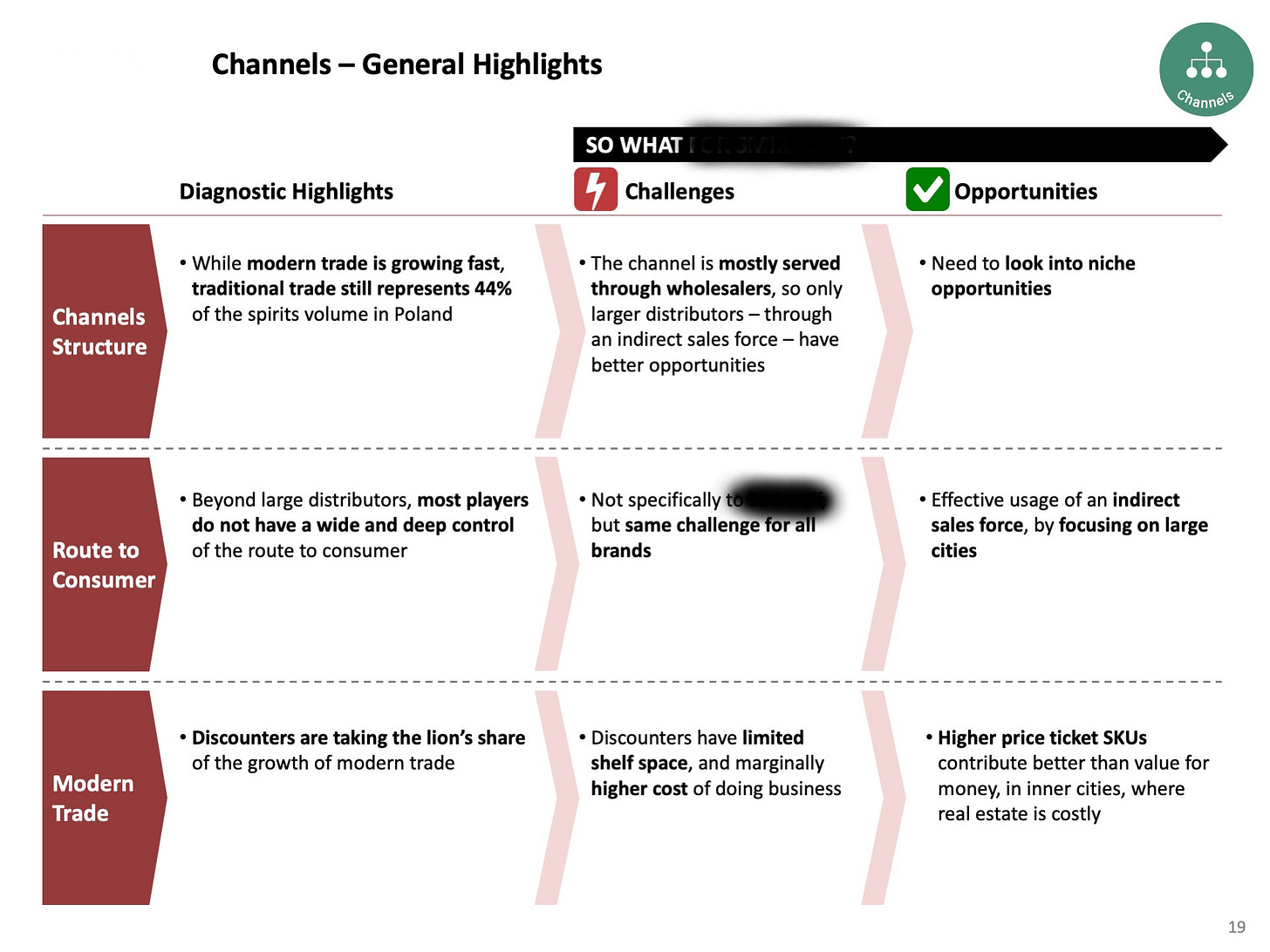Unveiling the Market's Hidden Depths: A Masterclass in Strategic Insight and Consumer Conquest
Introduction to Market Diagnostics
Market diagnostics are a crucial part of strategic marketing and decision-making processes, acting as the compass that guides businesses through the complexities of their respective markets. They involve a detailed analysis of market trends, consumer behavior, competitive landscapes, and economic indicators to understand the current state of a market and predict future developments. This thorough examination helps businesses identify growth opportunities, understand consumer needs, and anticipate changes in the market landscape. It also clarifies why a launch was or was not successful and whether the conditions are ripe for innovation in a segment.
The significance of market diagnostics cannot be overstated; they provide the insights necessary for crafting effective strategies, making informed decisions, and maintaining a competitive edge. By analyzing data from various sources, companies can make evidence-based decisions that align with their goals and the ever-changing market dynamics. This ensures that businesses are reactive and proactive, ready to seize opportunities and confidently navigate challenges.
Setting the Stage
Understanding the economic, political, and social landscape is pivotal for businesses to navigate market conditions and consumer behavior effectively. Economic factors such as inflation, unemployment rates, and GDP growth directly influence consumer purchasing power and confidence, affecting market demand for products and services. Political stability, policies, and regulations can significantly impact business operations, from import-export restrictions to taxation and consumer protection laws. Social trends and cultural shifts shape consumer preferences and behaviors, dictating the popularity of products and the success of marketing campaigns. Grasping these elements allows businesses to anticipate market changes, tailor strategies to consumer needs, and mitigate risks associated with external uncertainties.
Tip: don't let your political beliefs play a role in this process!
Identifying Market Trends
Identifying market trends involves analyzing market volume and value to understand current dynamics and predict future movements. This process starts with gathering and interpreting data on sales volumes and market values over time, allowing businesses to identify patterns, such as growth trends, seasonal fluctuations, and market saturation levels. Advanced analytical tools and techniques, such as trend analysis and forecasting models, are then used to project these trends into the future, providing a basis for strategic planning. This proactive approach enables businesses to anticipate market changes, align their product development, marketing strategies, and investment decisions with future market directions, and gain a competitive lead.
As we live in a VUCA reality, let's consider the value of weak qualitative signals or up-and-coming benchmarks from exciting reality.
Tip: because of the speed of change, a robust and compelling weak signal might be better than a five-year growth forecast.
Consumer Insights and Segmentation
Gathering and interpreting data on consumer demographics, preferences, and purchasing behavior involves a detailed analysis of market research, surveys, and sales data to understand who the consumers are and what they want. This information then segments the market into distinct groups with similar characteristics or needs. Effective segmentation allows businesses to tailor their products, marketing messages, and distribution strategies to meet the specific needs of each segment, enhancing customer satisfaction and loyalty and improving overall market efficiency. By understanding the nuances of consumer behavior, companies can more accurately target their offerings, optimizing their market approach and resource allocation.
Tip: when approaching demographics, ask yourself whether a 24 y.o. and a 35 y.o. Do we have a lot in common? One is at the beginning of his employment journey, and the other is not. The first is probably struggling to build savings; the latter is not. Should they be part of the same consumer cluster?
Category Analysis
Category Analysis involves a comprehensive review of market segments to evaluate their performance, growth potential, and competitive dynamics. This starts with analyzing sales data, market share, and profitability to gauge current performance. Growth potential is assessed through trends, consumer demand, and technological advancements. Competitive dynamics are examined by identifying key players, strategies, strengths, and weaknesses. This thorough analysis helps understand the competitive landscape, identify market gaps, and uncover opportunities for innovation and differentiation. Businesses can strategically position their products or services to capitalize on these insights.
Tip: also, here, the qualitative market visits beat secondary research!
Competitive Landscape
Assessing the competitive landscape involves analyzing direct and indirect competitors to understand their market share, strategic positioning, and brand promises. This can be achieved by benchmarking against industry standards, monitoring competitor activities, and consumer feedback. Market share analysis provides insights into the competitors' size and influence in the market while understanding their strategic positioning helps identify their target customer segments and differentiation strategies. This comprehensive view enables businesses to identify market gaps, develop unique value propositions, and strategically position themselves to compete effectively.
Tip: by analyzing the social media feeds of your competitors, you can get an excellent idea of whether the category is commoditized or not. Are they, for example, using the same imaginary?
Challenges and Opportunities
Identifying and analyzing challenges and opportunities in the market involves a keen understanding of internal operations and external market forces. Start by conducting a thorough market analysis to uncover trends that may pose challenges or offer growth opportunities. This includes evaluating economic conditions, technological advancements, regulatory changes, and shifts in consumer behavior. Utilizing tools like PESTEL analysis can help in understanding the broader macro-environmental factors. Simultaneously, internal audits focusing on resources, capabilities, and current market positioning can reveal areas for improvement and potential for leveraging strengths to exploit new market opportunities.
Strategic Recommendations
Forming actionable strategies from diagnostic findings involves leveraging insights to enhance market penetration, innovate product development, and secure leads. Focus on aligning product offerings with identified consumer needs and preferences, optimizing distribution channels to reach target segments more effectively, and employing differentiated marketing strategies to stand out in the competitive landscape. Additionally, consider investing in technology and innovation to address market gaps, improve operational efficiencies, and explore strategic partnerships to expand market reach. Prioritize actions that align with your core competencies while addressing the critical needs of your target market segments.
Conclusion
Comprehensive market diagnostics are essential for crafting informed, effective marketing strategies. They deeply understand market conditions, consumer behaviors, and competitive dynamics. This knowledge enables businesses to make data-driven decisions, tailor strategies to meet market demands, and identify opportunities for growth and improvement. Ultimately, thorough market diagnostics are the foundation of successful marketing efforts, allowing companies to navigate challenges and leverage their strengths for winning in the marketplace.
How do you make it actionable? For each analysis chapter, summarize the key elements and define the so-what on your brands and companies.
Also, here comes a list of uncommon but insightful questions worth considering in market diagnostics, mainly focusing on factors that could significantly change the market landscape.
These include:
Assessing the impact of new entrants, mergers and acquisitions (M&A), and exits within the sector. Such dynamics can dramatically alter competitive balances, distribution channels, and market share distributions.
Investigating significant changes in distribution agreements. Shifts in how products reach the market can redefine consumer accessibility, potentially altering buying behaviors and preferences.
Examining changes in sector profitability and mortality rates within traditional trade and sub-channels (e.g., Hotel/Restaurant/Café). These metrics can reveal underlying economic health, operational challenges, or opportunities within the market.
These questions underscore the importance of looking beyond surface-level metrics to understand more profound shifts and trends that could influence strategic decisions.
If your wallet allows market data, you must focus also on the sensitivity of sales to promotional activities, asking:
"How do sales perform in general? And by format?"
"Are sales too sensitive to Promo/Non-promo?"
These questions encourage a deeper examination of sales performance and the impact of promotional strategies on sales volatility. Understanding the correlation between promotional activities and sales performance can reveal insights into consumer behavior, the effectiveness of marketing strategies, and potential optimization areas (aka your ROI depends on that). An uncommon angle can significantly influence how businesses approach marketing and promotional tactics.







